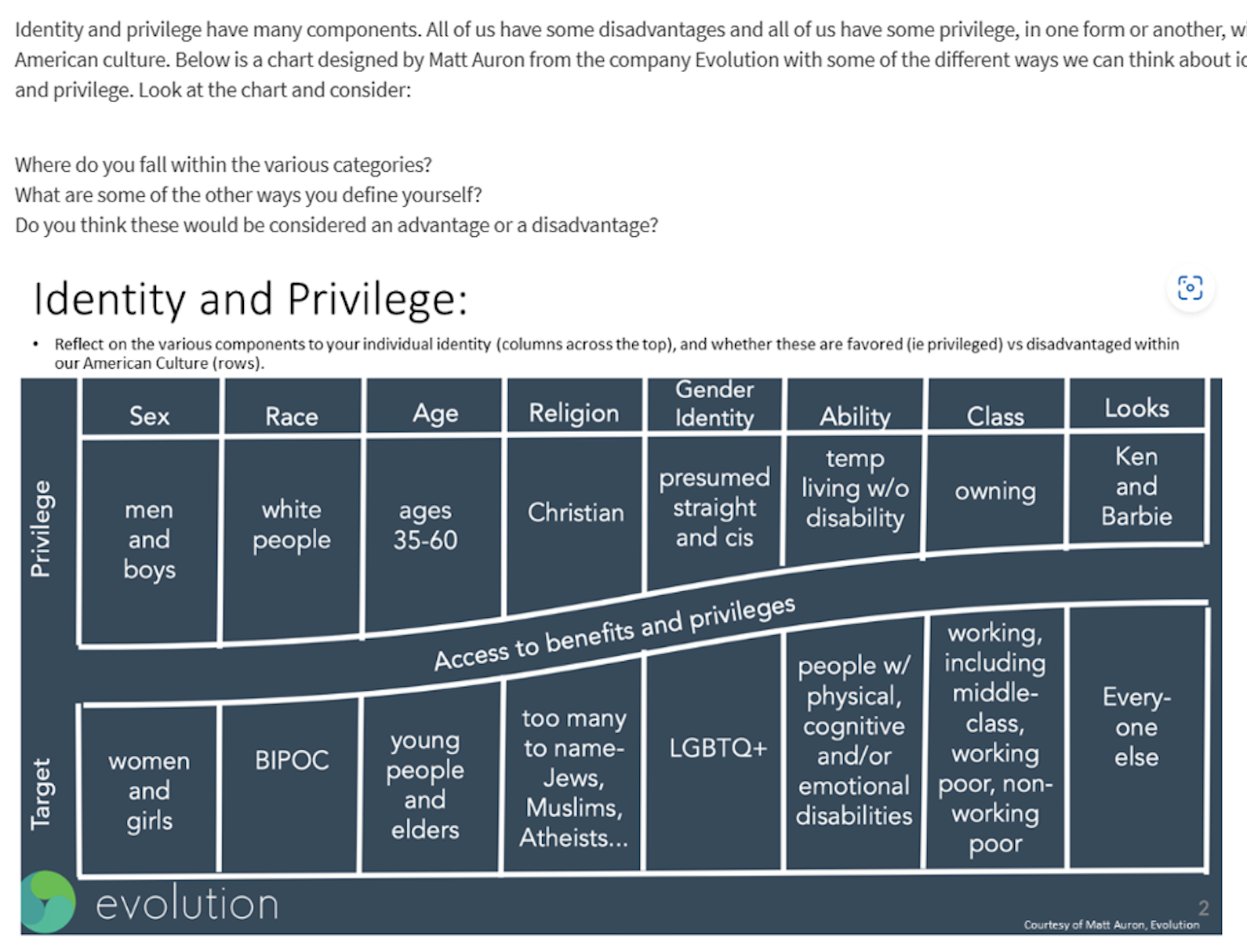


A professional medical society representing thousands of doctors and scientists in the radiology speciality is pushing its members to take a course on systemic racism and white privilege.
Doctors and medical students involved with the American College of Radiology (ACR) are strongly urged to take a course called “Health Equity: Life in Black and White,” according to screenshots obtained by American Accountability Foundation and exclusively provided to National Review by medical ethics nonprofit Do No Harm.

One section asks the participant to answer questions about “microaggressions,” ”tone policing,” and racial profiling. It lists and defines other progressive terms such as “privilege,” “anti-racism,” “intersectionality,” and “unconscious or implicit bias.”
Participants are encouraged to engage with others in a group setting to watch and reflect on instructive videos such as Ted Talk “Color Blind or Color Brave” and “5 Tips for Being an Ally.” Suggested reading includes articles such as “We Need Co-conspirators, Not Allies” and “The Role of White Co-conspirators in Dismantling Systemic Racism.”
The course also embeds an “Identity and Privilege” flow chart naming identity groups that historically have the lowest access to benefits and recognition versus those who have the most access. The most privileged individuals, according to the American College of Radiology, are men and boys, white people generally, people ages 35–60, Christians, those presumed straight and “cis-gender,” someone without a disability, someone who has possessions, and those who look like “Ken or Barbie.”
Individuals with the least amount of privilege, the organization claims, are women and girls, black people and people of color, young people and elders, those who identify as LGBT, the working class, and people with disabilities. As for those oppressed on the basis of religion, there are “too many to name,” including Muslims, Jews, and atheists, the course notes. Those with the privilege on the basis of physical appearance are “everyone else” besides those who look like Barbie dolls.
The module then trains participants to recognize their unconscious bias in the administration of health care. One scenario it gives as a test reads,
Sara Ali, a devout Muslim, is having difficulties getting pregnant. She and her husband have been trying to conceive for a year. While taking her history, she reports that she has taken antibiotics for an infection “down there.” What imaging test should you order as part of her infertility workup?”
Session 3 calls the health-care system a “system of power,” suggesting that it does not serve equally on the basis of race, gender, sexual orientation, and other identities.
“How can we ensure that women of color are screened at the same rate as white and Asian women for breast cancer?” it asks. “How can we decrease the rate of delayed diagnosis and work up in women of color?”
Session 4 of the course directs participants to confess to others in a small group about whether they have ever judged or made assumptions about someone based on the color of the person’s skin, hair texture, appearance, gender, or religion. It asks participants to think of how they can take promote diversity, equity, and inclusion at their workplace and improve health care for people of color. “Is treatment of pain — vs lack thereof — a form of privilege?” it asks.
ACR did not immediately respond to request for comment.
Like many companies and organizations, the ACR waded into social-justice programming and the politicization of medicine after riots in the summer and fall of 2020, following the murder of George Floyd. At the annual meeting of the ACR in 2021, the outgoing organization president, Geraldine McGinty, announced a new Radiology Health Equity Coalition to combat “disparate diagnosis” and different health outcomes based on race.
“The ACR has made a commitment to advance health equity through our collaboration with other Coalition members and our advocacy, research, artificial intelligence development and application as well as our radiology trainees and medical student recruitment efforts,” she said. “We are here to support radiologists who make this public commitment as well. I urge radiologists to commit to advance health equity today.”
